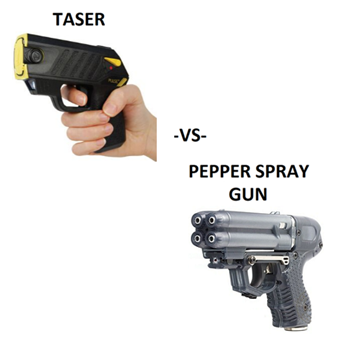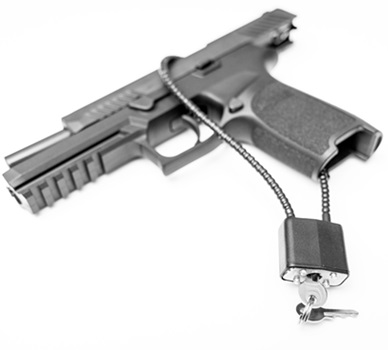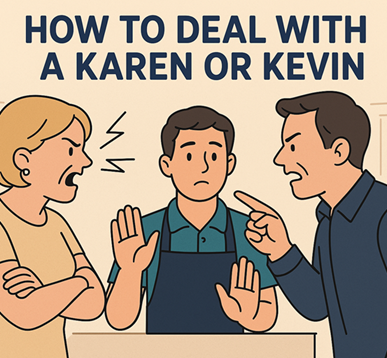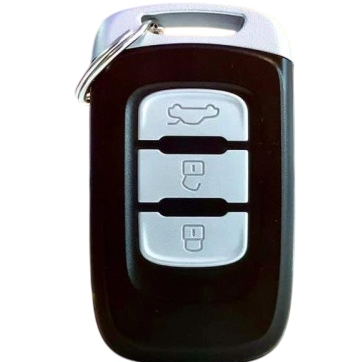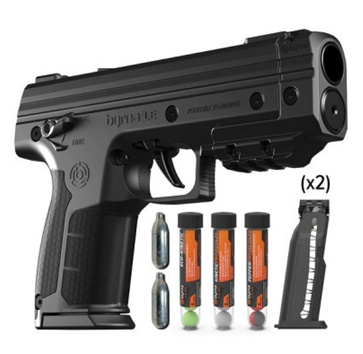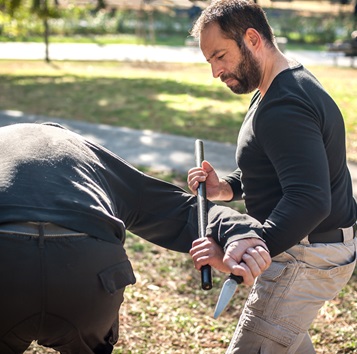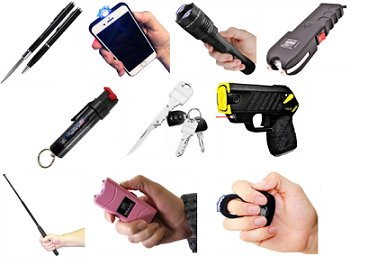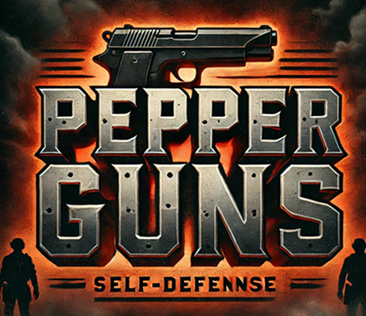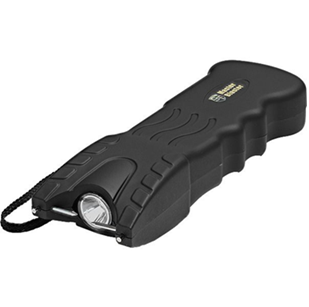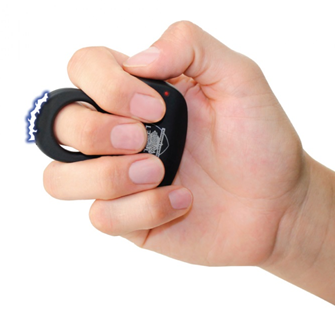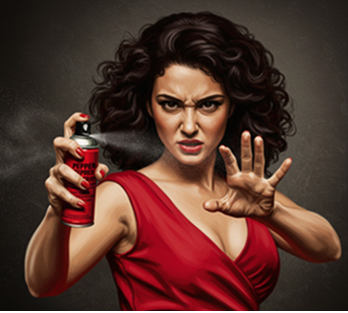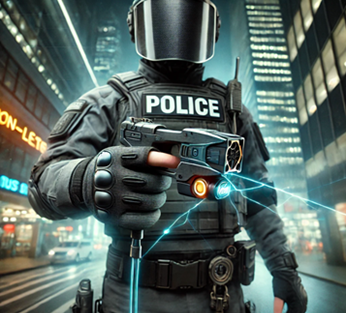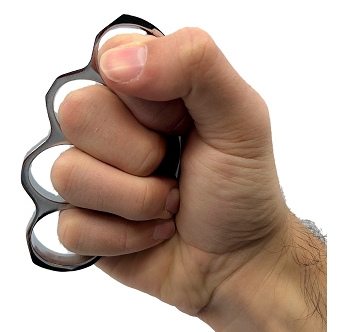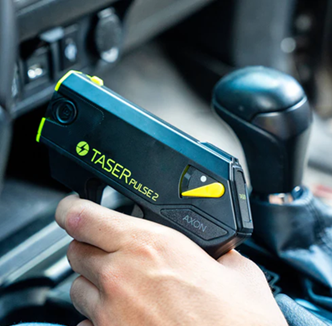Why You Should Train Before Carrying Brass Knuckles
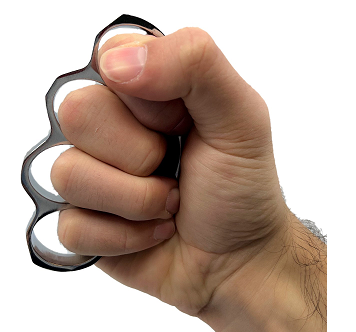 Brass knuckles are often seen as a powerful self-defense tool due to their compact design and devastating impact. However, while they may appear easy to use, carrying and using brass knuckles without proper training can lead to unintended consequences, including self-injury, legal trouble, and ineffective defense. Training in their proper use ensures that you maximize their effectiveness while minimizing risks. In this article, we will explore the importance of training before carrying brass knuckles, covering safety, legality, technique, and responsible self-defense practices.
Brass knuckles are often seen as a powerful self-defense tool due to their compact design and devastating impact. However, while they may appear easy to use, carrying and using brass knuckles without proper training can lead to unintended consequences, including self-injury, legal trouble, and ineffective defense. Training in their proper use ensures that you maximize their effectiveness while minimizing risks. In this article, we will explore the importance of training before carrying brass knuckles, covering safety, legality, technique, and responsible self-defense practices.
Understanding Brass Knuckles: More Than Just a Metal Fist
Brass knuckles, also known as knuckle dusters, are designed to reinforce the user's punch by concentrating force into a smaller area. This increases the impact of a strike, making them a potent tool for self-defense. However, they also come with significant drawbacks, particularly if wielded without training:
-
Risk of Self-Injury: Without proper technique, a user can easily break their own fingers or wrist upon impact.
-
Legal Complications: Laws regarding brass knuckles vary widely, and using them incorrectly can land you in legal trouble.
-
False Sense of Security: Simply carrying brass knuckles does not guarantee effective self-defense.
Training helps address these issues by teaching users proper handling techniques, improving reaction time, and developing strategic defensive skills.
The Importance of Training Before Carrying Brass Knuckles
1. Preventing Self-Injury
One of the biggest risks of using brass knuckles without training is the potential for self-injury. Unlike a bare-fisted punch, using brass knuckles incorrectly can cause:
-
Fractured Fingers: If you hit an opponent with poor form, the force can transfer back to your own knuckles and break your fingers.
-
Wrist Strains or Sprains: Punching with incorrect alignment can result in wrist injuries.
-
Recoil Impact: Without proper striking technique, the impact of the punch can jolt your entire arm, causing long-term damage.
Training teaches users the correct punching techniques to avoid these problems. Proper striking form, wrist positioning, and conditioning drills are essential to preventing self-inflicted harm.
2. Maximizing Effectiveness in Self-Defense Situations
Brass knuckles are not magic weapons. If you don’t know how to use them effectively, they can be more of a liability than an asset in a confrontation. Training allows you to:
-
Develop Power and Accuracy: Learning proper striking methods ensures maximum impact with minimal effort.
-
Improve Speed and Reaction Time: Quick, decisive movements are crucial in self-defense situations.
-
Enhance Situational Awareness: Knowing when and how to use your self-defense tool is just as important as knowing how to strike.
A well-trained individual can incapacitate an attacker more efficiently while minimizing unnecessary risk to themselves.
3. Understanding Legal Implications
Brass knuckles are classified as illegal weapons in many jurisdictions (See The Legal Implications of Brass Knuckles). Even in areas where they are legal, using them inappropriately can lead to criminal charges. Training should include:
-
Understanding Local Laws: Researching whether brass knuckles are legal to carry and use in self-defense.
-
Responsible Use: Learning when it is justifiable to use them in a confrontation.
-
Legal Consequences of Excessive Force: Understanding self-defense laws helps prevent charges of assault or excessive force.
A well-trained individual will know when to use brass knuckles as a last resort rather than as an immediate response.
4. Building Confidence and Control
Confidence plays a significant role in self-defense. Panic and hesitation can be dangerous in an emergency. Training builds:
-
Muscle Memory: Allowing you to react instinctively rather than overthinking your actions.
-
Mental Preparedness: Training reduces panic and fear, enabling clear decision-making in high-stress situations.
-
Control Over Force: Knowing how much power to apply prevents unnecessary harm and legal consequences.
A trained individual will remain composed under pressure, making better defensive choices.
Training Techniques for Using Brass Knuckles
If you plan to carry brass knuckles, it’s essential to undergo training in the following areas:
1. Proper Striking Techniques
-
Fist Alignment: Keep your wrist straight to avoid injury.
-
Punching Angles: Avoid direct punches to hard areas like the skull; aim for softer targets like the ribs or stomach.
-
Follow-Through: Don’t stop at impact—drive your punch through to maximize effectiveness.
2. Hand and Wrist Conditioning
Strengthening your hands and wrists will help prevent injuries. Some useful exercises include:
-
Knuckle Push-Ups: Strengthens knuckles and wrists for impact resistance.
-
Grip Strength Training: Improves control and reduces the risk of dropping the weapon.
-
Heavy Bag Drills: Allows you to practice striking with full force safely.
3. Defensive and Offensive Strategies
-
Blocking and Parrying: Learn to defend against incoming attacks while maintaining control.
-
Counterattacks: Develop strategies to counterattack effectively after dodging or blocking a strike.
-
Distance Management: Knowing when to engage and when to retreat can determine the outcome of a confrontation.
4. Scenario-Based Training
Practicing real-life scenarios ensures you are prepared for various self-defense situations:
-
Multiple Attackers: Learn to deal with more than one opponent.
-
Close-Quarters Combat: Train for confined spaces where mobility is limited.
-
De-Escalation Techniques: Learn when to avoid a fight and how to defuse conflicts before they escalate.
Alternative Self-Defense Tools and Training
While brass knuckles can be effective, they are not the only self-defense tool available. Other options include:
-
Pepper Spray: A non-lethal alternative that allows for distance defense.
-
Stun Guns: Immobilize attackers without requiring physical strikes.
-
Tactical Pens: Can be used for striking but are more discreet and legal in most places.
Regardless of the tool, proper training is essential for effective use.
Conclusion
Carrying brass knuckles without proper training is a recipe for disaster. The risks of self-injury, legal trouble, and ineffective self-defense far outweigh any perceived benefits. Training provides the necessary skills, confidence, and awareness to use them safely and effectively. If you are considering carrying brass knuckles, invest time in learning proper striking techniques, hand conditioning, defensive strategies, and legal knowledge. Self-defense is about preparation, and training is the key to ensuring that you can protect yourself without unnecessary risks.
Cost of brass knuckles
Company Info
Customer Service
Product Information
- TASER® and Stun Devices Regulations by State
- TASER® Safe Escape Product Replacement Guarantee
- TASER® Comparison Chart
- TASER® User Manuals
- TASER® Warranty Info
- Byrna Product Catalog
- PepperBall Manuals & Spec Sheets
- Pepper Spray Laws
- Air Gun Laws
- States that Restrict Automatic and Butterfly Knives
- Our Print Catalog





























